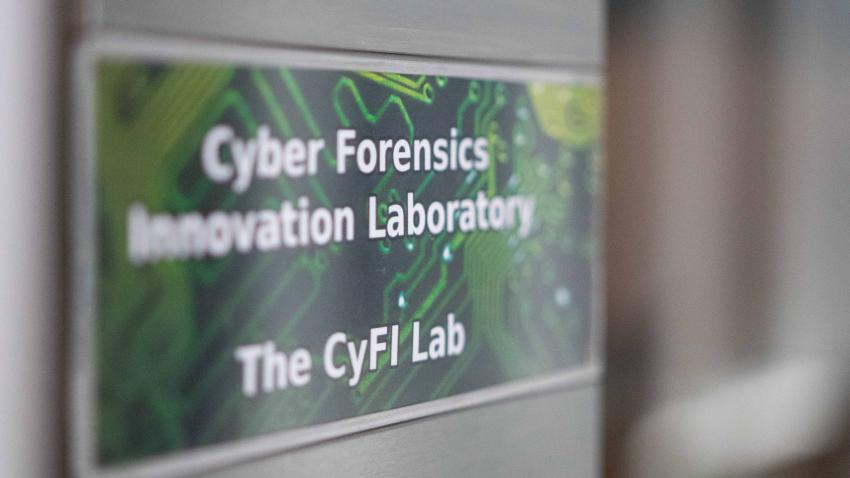
Hiding in Plain Sight: Disrupting Malware’s Secret Web Dead Drops
Imagine a scene from an old spy movie—an agent hides a coded message in a public place, then someone else picks it up later. There is no direct contact, no traceable link—just a clever drop-off.
Something similar plays out online every day, but it’s hackers, not secret agents, doing the drops.
When a hacker uses malware to infect a device, they won’t send instructions to it directly. Instead, they hide the location of their control servers inside scrambled strings of data. These encoded messages, called dead drops, are quietly stored on trusted web applications like Dropbox or Google Drive. When malware infects a device, it connects to one of these services, decodes the message, and learns where to go next—without ever raising red flags.
This method helps attackers stay under the radar by blending in with everyday web traffic on legitimate online services, but a team of cybersecurity researchers from Georgia Tech’s Cyber Forensics Innovation (CyFI) Lab have developed a solution to combat this stealthy threat.
Led by Georgia Tech Ph.D. student Mingxuan Yao and Jonathan Fuller from the United States Military Academy, the research team developed a tool to automatically detect and neutralize dead drop resolver (DDR) -enabled malware. Named VADER by the researchers, it analyzes how each malware sample decodes hidden content and extracts the logic—or recipe—it uses to uncover the final command-and-control (C&C) server.
Yao and Fuller discovered how widespread this problem is when VADER identified nearly 9,000 real-world malware samples using DDR techniques across seven different popular web storage apps.
“It’s crucial for web app providers to act fast by removing these hidden payloads,” said Yao. “But that’s just the start—new, disguised versions could be hiding anywhere on their platforms.”
Since providers have no idea how the content has been manipulated, spotting these hidden threats used to be nearly impossible. In an experiment by the CyFI team, a striking 64.1% of C&C servers shielded by dead drops were still active as of the day the study was conducted.
That’s why the CyFI Lab designed VADER to scale. When tested on 100,000 malware samples, it identified the 8,906 DDR-enabled ones and extracted seven unique decoding methods. Then, using those recipes, the system scanned live web traffic and discovered 72 additional dead drops across 11 different platforms, leading to the identification of 67 new C&C addresses.
So far, VADER’s results have enabled security teams to work with providers to take down 43 of those malicious dead drops—and counting.
VADER: Enhanced Web Application Security Through Proactive Dead Drop Resolver Remediation will be presented in the 32nd ACM Conference on Computer and Communications Security Conference in Taipei, Taiwan later this year.


